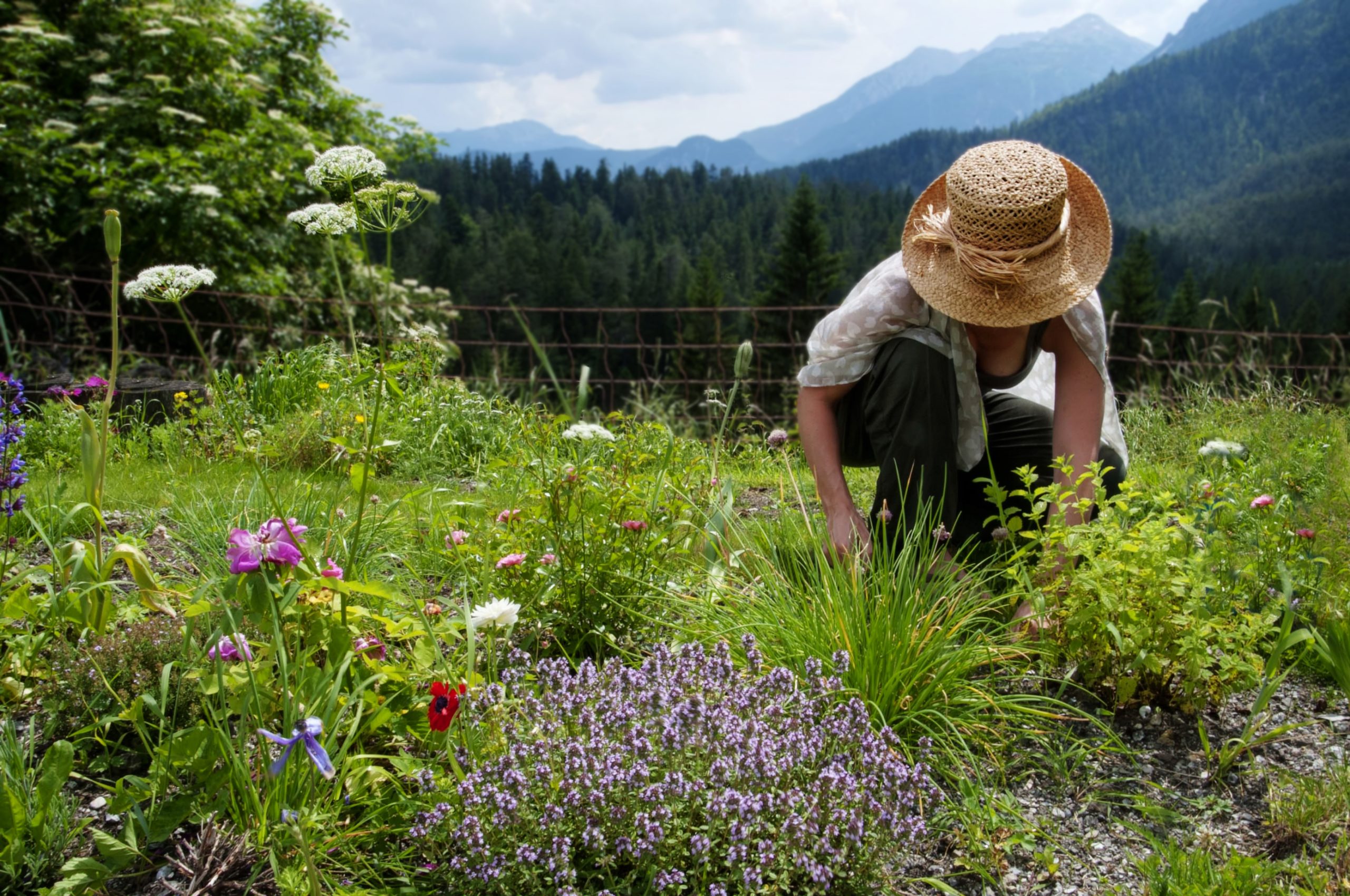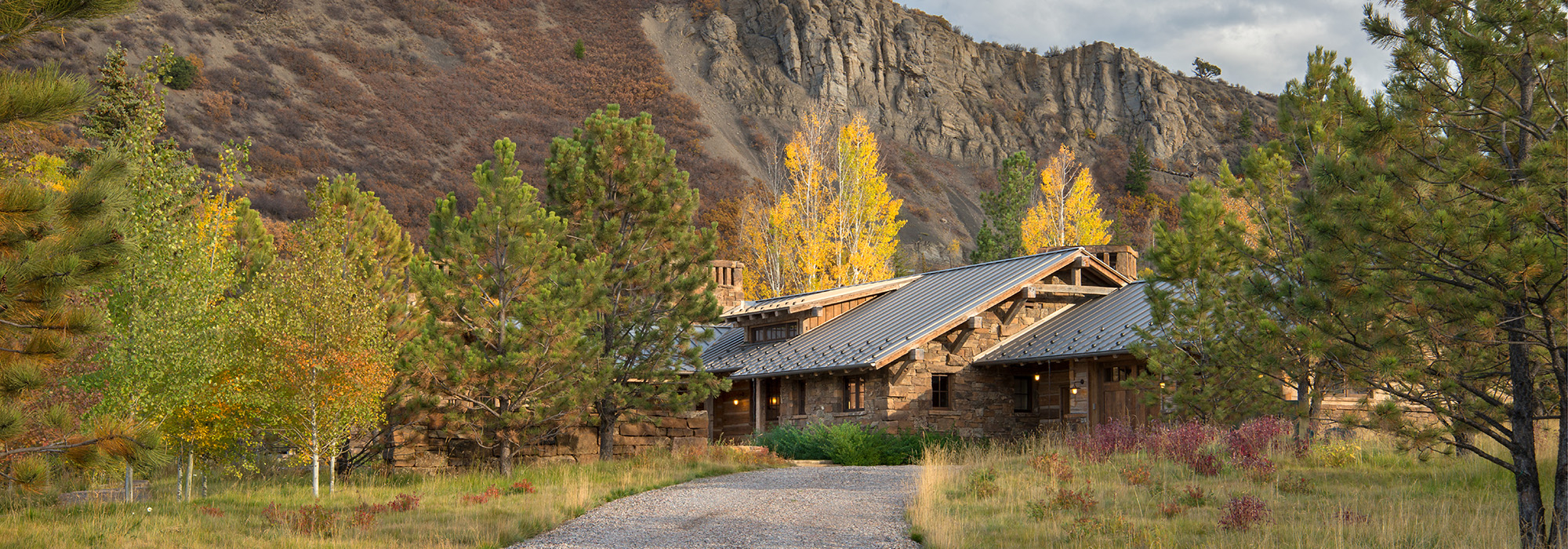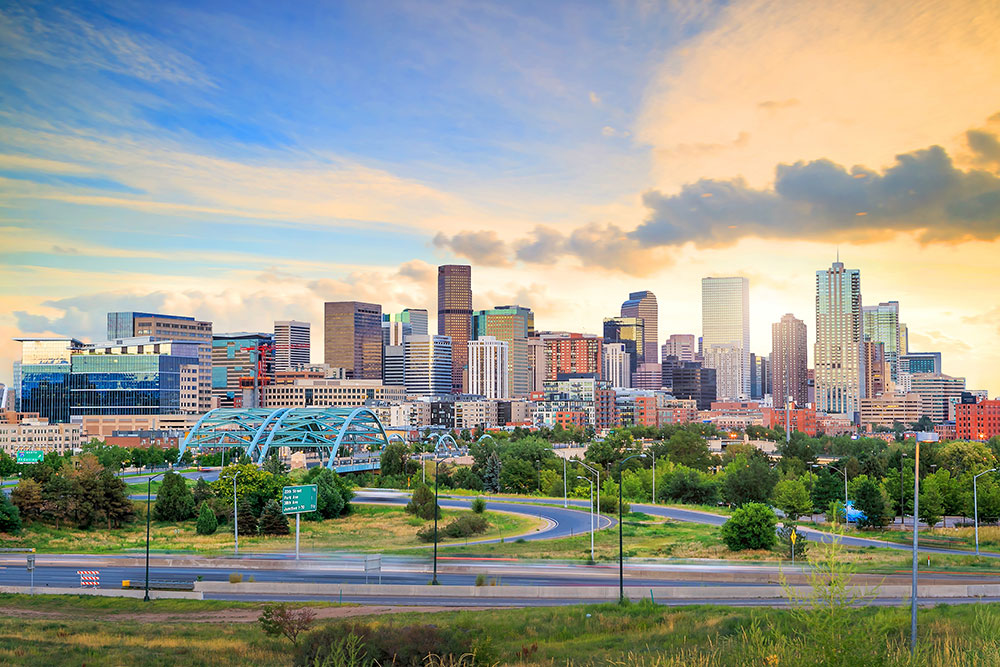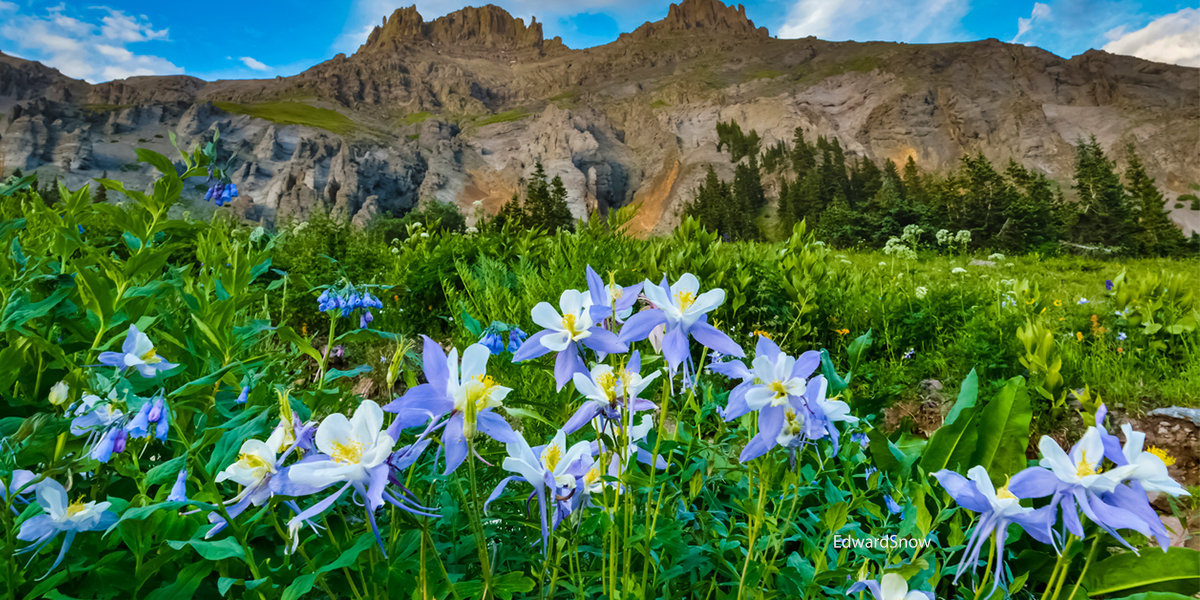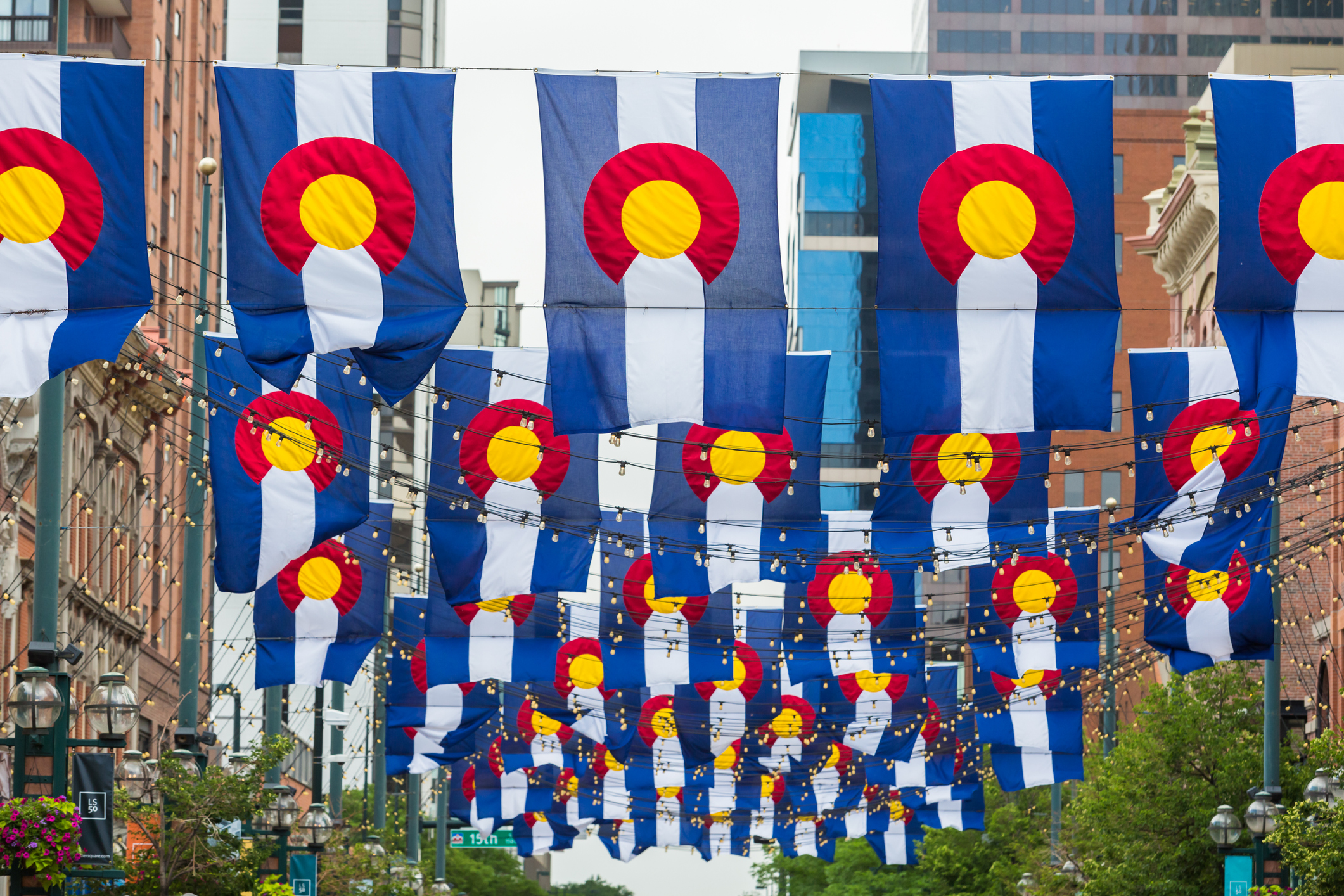Colorado Gardening 101 is Cool and Fun
Colorado Gardening is Cool and Fun!
Haven’t you heard that Colorado Gardening is officially cool? Maybe it’s because grocery shopping is a hassle, people crave fresh produce, or it's rewarding. Still, more people than ever are starting backyard vegetable gardens. You might notice collections of colorful containers set up for urban balcony flower gardens that also enhance personal green spaces. Whether you’re an old pro or a complete newbie in growing your garden, here are some tips to help you and your green thumb this summer in Colorado.
Where to Plant when Colorado Gardening
When deciding where to create your garden, consider a few factors. Perhaps most important is how much sun your space gets. When you have a plot in mind, watch it for a day or two. Go outside every few hours and note how long the area is in direct sunlight, indirect sunlight, and full shade throughout the day. This will tell you what types of plants will grow best there. Forget-me-nots, hydrangeas, cilantro, spinach, and Swiss chard are popular plants that love shade, while marigolds, zinnias, cucumbers, peppers, and tomatoes need as many hours of sunshine as possible. Suppose you live in an exceptionally windy Colorado Gardening place. You’ll want to ensure your garden has some protection from the strong gusts, especially if you plan on growing tall plants at risk of breaking. You’ll also want to check the soil when deciding where to plant. Make sure your bed is free from big rocks and in a place that will not flood if there’s a lot of rain. The soil type can easily be remedied with fresh compost or gardening soil, which you can turn and mix into the dirt to create a nice, nutrient-rich bed.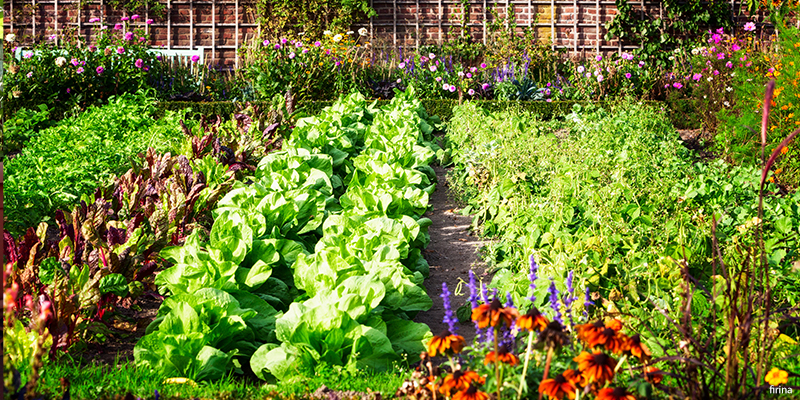
When to Plant
The weather in Colorado can vary drastically from the Front Range to Summit County, and it’s essential to know the final frost date or growing zone for your area.- Some cold-hardy plants, like pansies, sweet peas, or radishes, can handle a bit of light frost, and it’s okay to start planting them even if the weather is likely to drop soon.
- Other plants, such as sunflowers, tomatoes, and squash, will die if they get too cold.
- In most of the lower elevation regions of Colorado, including the Front Range, the Eastern Plains, and the Western Slope, the rule of thumb generally states that you shouldn’t plant warm-weather crops until after Mother’s Day, but even this isn’t foolproof. (In 2019, the Front Range was getting snowstorms until June!)
- Once you have your spring gardening done, you can start planning your fall garden projects.
High Elevation Colorado Gardening
Up in higher elevations like Summit County, for example, temperatures are apt to get below freezing at any point in the year, even in the height of summer, and optimal growing seasons can be as short as just a few weeks. In places like these, it might be best to stick to colder-weather veggies. You still have options if you’re craving a fresh tomato in the high country. Start your seeds indoors, in a sunny window, weeks before they go into the ground to give them the head start they’re going to need (St. Patrick’s Day is an excellent time to begin your indoor seedlings, but if you didn’t get to it this year, there are many nurseries and greenhouses that sell starter plants for you). When it is time to plant them outside, build or buy raised beds and a cold frame to help trap as much heat as possible when the temperature drops. Make sure to keep an eye on the weather so you know when it’s going to get cold. With some creative planning, you can grow a beautiful—and delicious—garden wherever you are. Most folks who live in higher elevation areas typically plant outdoors on or after Memorial Day! For a full, interactive map of average last frost dates throughout the state, click here.What to Plant When Colorado Gardening
Now, this is the fun part. When deciding what you want to plant, whether flowers, herbs, or vegetables, there are a few things to consider. First, how much time do you have to garden? If you’re looking for something pretty but that requires little to no work, try some native plants, like wildflowers (pollinator-friendly wildflower mixes are easy to find and require very little work!), low-growing cover plants, or perennial flowers like blanketflower, bee-balm, black-eyed susan, or scarlet globemallow. All of these require very little water and will come back year after year in the right conditions. Herb gardens are another great option for a low-maintenance or beginner gardener. Basil, sage, chamomile, oregano, rosemary, lavender… you have endless possibilities. Not only do these plants look beautiful in your garden, but they’ll taste fantastic!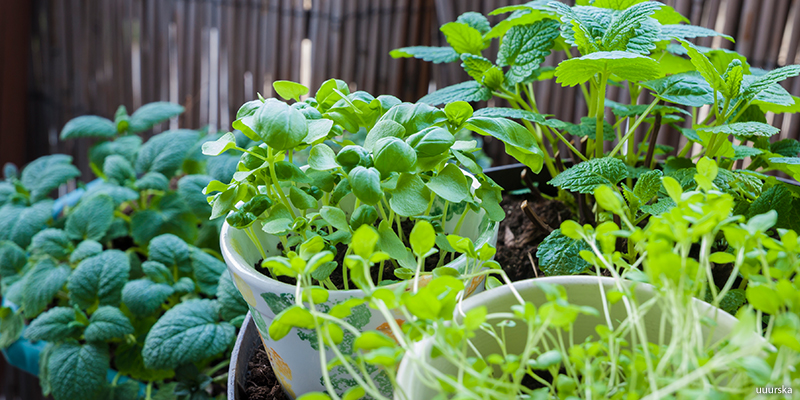 If you’re looking for something that requires a little more care, step up to vegetables. Try growing tomatoes, squash, and peppers, which grow especially well in Colorado’s lower elevations, or rhubarb, which thrives in much of the state, including higher elevations. As far as ornamental flowers go, a mix of hardy perennials like vibrant dianthus, Rocky Mountain penstemon, and Rocky Mountain Columbine (our state flower), along with a healthy selection of beautiful annuals such as zinnias, cosmos, marigolds, and more, will leave you with flower beds that are colorful, gorgeous, and friendly to local pollinators like bees and butterflies.
If you’re looking for something that requires a little more care, step up to vegetables. Try growing tomatoes, squash, and peppers, which grow especially well in Colorado’s lower elevations, or rhubarb, which thrives in much of the state, including higher elevations. As far as ornamental flowers go, a mix of hardy perennials like vibrant dianthus, Rocky Mountain penstemon, and Rocky Mountain Columbine (our state flower), along with a healthy selection of beautiful annuals such as zinnias, cosmos, marigolds, and more, will leave you with flower beds that are colorful, gorgeous, and friendly to local pollinators like bees and butterflies.
Gardening with Limited Space
Not everyone has a backyard, but that doesn’t mean you must miss out on gardening. If you have a balcony, you can plant beautiful flowers or vegetables like lettuce or tomatoes in containers. If you find a nice wide planter, you can build your herb garden with a selection of culinary herbs to keep you going in the kitchen all summer (and if you don’t have access to a nursery or greenhouse, you can usually buy live herbs from your local grocery store!). Other options for urban gardening include community gardens, though usually, space fills up fast, or even indoor plants. If you have a bright, sunny window (south-facing is usually best), you can grow herbs or put together a window box full of pansies, alyssum, and other beautiful flowers or hang mason jars with potted herbs in a window in your kitchen. And if your window light isn’t the best, you can always place your plants under a UV grow lamp anywhere in your home.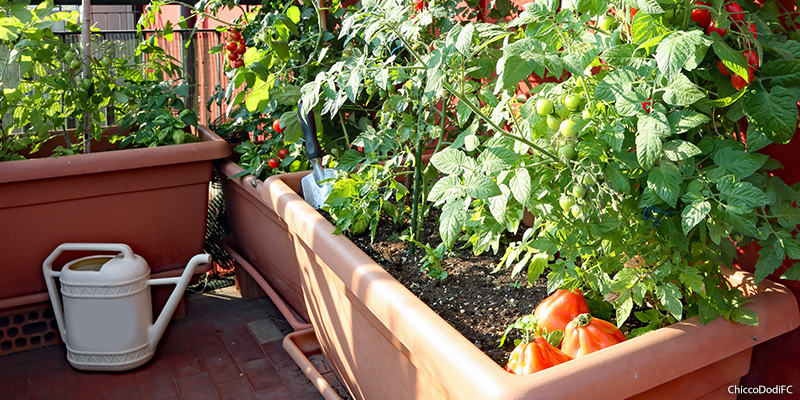
Colorado Gardening as a Gateway to Personal Reward
Becoming a Colorado gardener is a rewarding task and a compliment for those outdoorsy types. Working in the dirt can be incredibly relaxing. Watching your hard work grow—and eating the fruits of your labor—is unbelievably rewarding. In the meantime, go for a walk around your neighborhood and keep an eye out for your neighbors’ gardens. What are they growing? What would you like to grow in your own garden? Stop by neighborhood gardens; it's a great place to find comradery, tips, and ideas for a fruitful experience.by Emily Krempholtz

